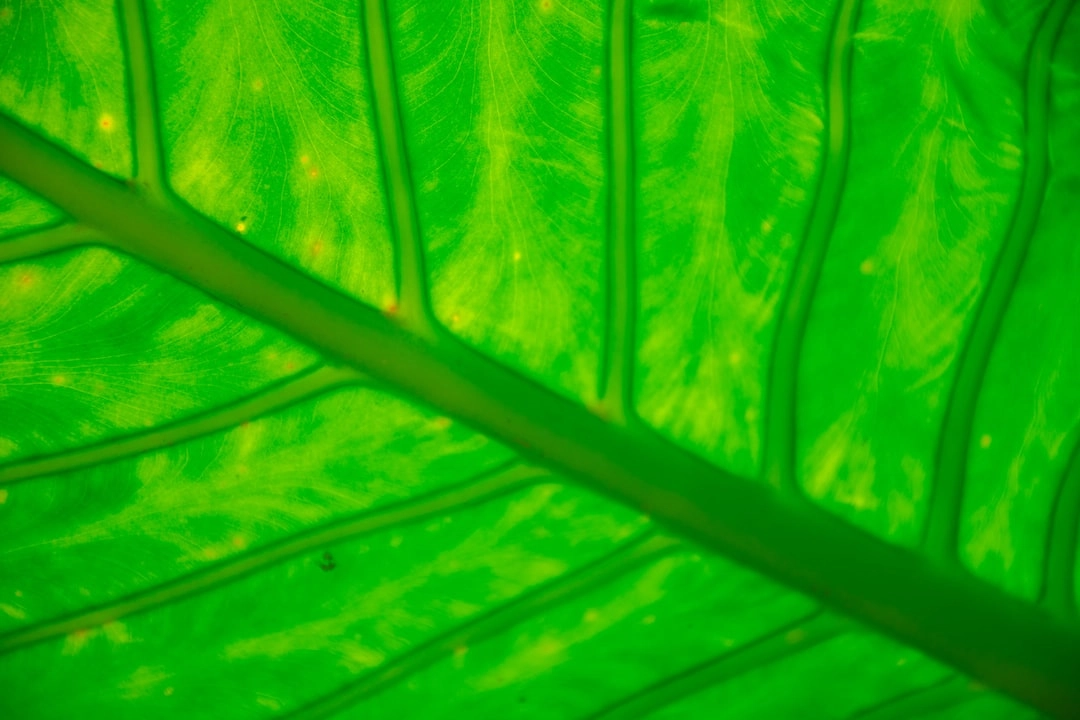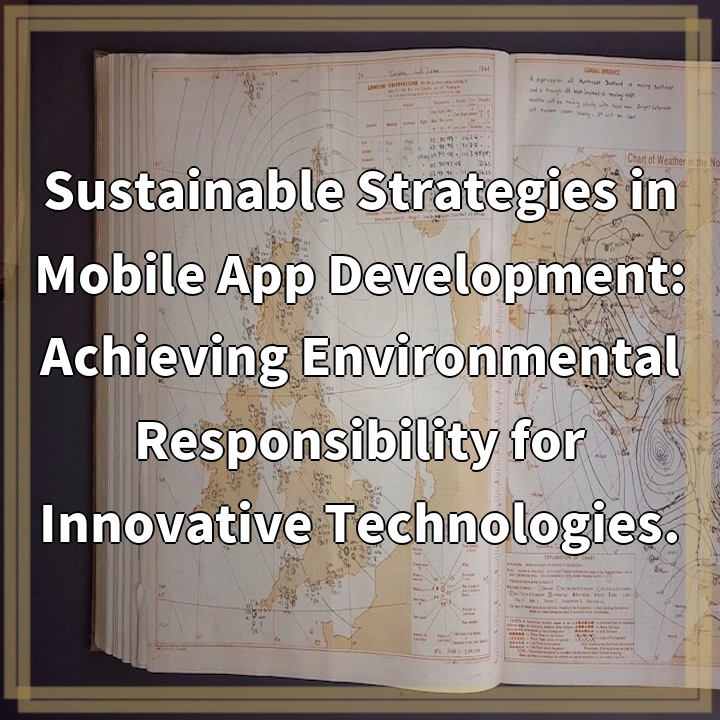
What is Green Print Media Production Journey
Green Print Media Production Journey refers to the process of producing printed materials with a focus on environmental sustainability. It involves adopting eco-friendly practices throughout the entire lifecycle of print media, from sourcing sustainable materials to reducing waste and minimizing energy use. This concept emphasizes the importance of minimizing the environmental impact of print production while still meeting the communication and marketing needs of businesses and organizations.
Real-World Problems
The print media production industry faces several significant environmental challenges that can have a detrimental impact on ecosystems and contribute to climate change. These problems include:
Paper Sourcing
One of the main challenges is the sourcing of paper, which often involves deforestation and loss of biodiversity. Unsustainable logging can result in the destruction of vital forest ecosystems and contribute to habitat loss for endangered species. Additionally, the production of paper often involves the use of harmful chemicals, such as chlorine, in the bleaching process, which can pollute waterways and harm aquatic life.
Emissions and Energy Use
The print media production process contributes to greenhouse gas emissions through the use of energy-intensive machinery and transportation. Printing presses, for example, consume significant amounts of energy, predominantly from non-renewable sources. The transportation of raw materials and finished products further adds to carbon emissions, especially when long distances are involved.
Waste Generation
Print media production generates a substantial amount of waste, including paper trimmings, misprints, and outdated materials. The disposal of this waste can contribute to landfill pollution and consume additional resources. Printing inks and other chemicals used in the production process can also be harmful to the environment if not disposed of properly.
Water Usage
The print media industry is a significant consumer of water resources. Water is required for various stages of production, including the washing and cleaning of machinery and the treatment of paper. Poor management of water usage can lead to excessive consumption, putting additional strain on freshwater ecosystems.
Lack of Awareness
A prevalent challenge is the lack of awareness and understanding of sustainable printing practices. Many businesses and consumers may not be aware of the environmental impact of their print media choices or the availability of greener alternatives. This lack of awareness can hinder the adoption of more sustainable practices in the industry.

Solutions for Green Print Media Production
Sustainable Paper Sourcing
To address the issue of paper sourcing, it is crucial to prioritize the use of recycled paper and paper certified by credible organizations such as the Forest Stewardship Council (FSC). These certifications ensure that paper comes from responsibly managed sources, minimizing deforestation and protecting biodiversity. Additionally, using chlorine-free bleaching processes can reduce the environmental impact of paper production.
Energy Efficiency
To minimize energy consumption and emissions, adopting energy-efficient technologies and practices is essential. This includes investing in high-efficiency printing presses, utilizing renewable energy sources, and implementing energy-saving measures such as LED lighting and smart controls. By optimizing energy use, the carbon footprint of print media production can be significantly reduced.
Waste Reduction and Recycling
To mitigate waste generation, implementing waste reduction strategies and promoting recycling is key. This involves optimizing print runs to reduce overproduction, encouraging double-sided printing, and properly managing paper trimmings and obsolete materials. Partnering with recycling facilities to ensure proper recycling of paper, ink cartridges, and other printing waste is also crucial to minimize landfill pollution.
Water Conservation
Water conservation measures can be implemented to reduce the industry’s water footprint. This includes using water-efficient equipment, implementing water recycling systems, and optimizing water usage during cleaning processes. Educating employees about the importance of water conservation can also help raise awareness and encourage responsible water use in print media production.
Education and Awareness
Increasing awareness about sustainable printing practices is vital to drive industry-wide change. This can be done through educational campaigns, workshops, and certifications that highlight the environmental impacts of print media production and showcase sustainable alternatives. Building partnerships with environmental organizations and collaborating with stakeholders will help raise awareness and promote the adoption of greener practices.















